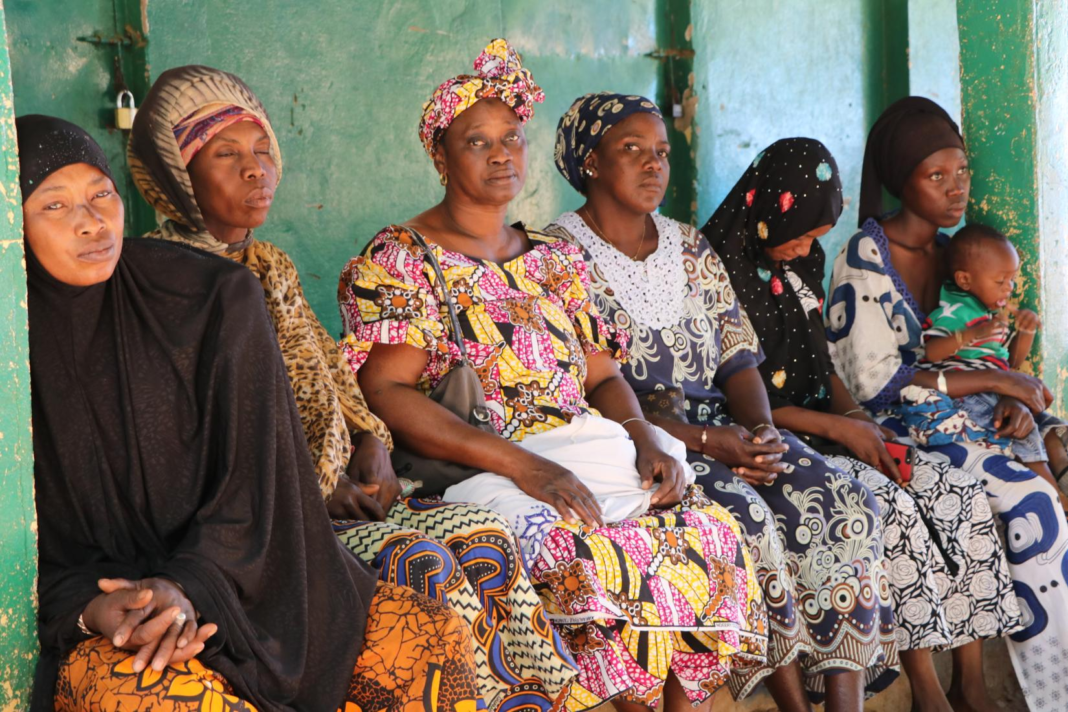
In The Gambia, WFP collaborates closely with the Government, development partners, and humanitarian stakeholders to address persistent challenges related to food insecurity and malnutrition. As the country continues to grapple with the effects of climate-induced shocks, socioeconomic vulnerabilities, and systemic poverty, WFP’s role remains pivotal in providing both immediate relief and long-term solutions for sustainable development. The launch of the new Country Strategic Plan 2024-2028 in March 2024 marked a renewed commitment to addressing the root causes of hunger and building resilient food systems while increasingly positioning WFP as an enabler of the country’s engagement in assisting its most vulnerable people. The Country Strategic Plan aims to assist the Government in four areas: crisis response, school feeding and complementary nutrition assistance; smallholder farmer support; and technical capacity-building.
Food insecurity and malnutrition in The Gambia are driven by interrelated factors, which include inadequate domestic food production, limited economic opportunities, and the impact of climatic shocks such as irregular rainfall and floods. The November 2024 Cadre Harmonisé analysis revealed that while there was a modest 14 percent increase in national food production compared to 2023, this remained insufficient to meet the needs of the growing population. Accordingly, household food stocks are expected to last less than three months, particularly during the lean season, leaving many reliant on markets to close the consumption gap. However, soaring food prices and inflation further exacerbate access to nutritious food, with 10 percent of the population (244,000 people) projected to face critical food insecurity (IPC Phase 3 and 4) during the lean season.
In 2024, WFP reached a total of 153,218 people in The Gambia, including school-aged children, pregnant and breastfeeding women and girls, as well as smallholder farmers. WFP continued to prioritise high-impact initiatives tailored to prevalent needs, maintaining a focus on quality and sustainability of its programming.
School feeding and support to smallholder farmers: WFP’s home-grown school feeding programme provided critical support to 151,378 school-aged children across 421 schools. In addition, 1,440 cooks were provided cash and sensitised on hygiene practices. This initiative not only addressed immediate food needs but also contributed to improved school attendance and learning outcomes. Through partnerships with 14 farmer cooperatives, comprising 1,570 smallholder farmers, WFP ensured a reliable market for locally produced and nutritious food, procuring 95 percent of its food from smallholder farmer aggregation systems. This approach strengthened local food systems, provided stable income for farmers, and supported the Government’s school feeding objectives. Moreover, WFP continued to provide capacity building to facilitate the gradual scale-up and transition to a nationally owned home-grown school feeding programme.
Nutrition support for vulnerable people: Cash-based transfers enabled 50 households (equivalent to 400 individuals) living with HIV to access nutritious food, enhancing their overall well-being.
Capacity strengthening initiatives: WFP invested in building the capacities of national partners and communities, engaging 738 staff in training programmes. These initiatives included courses on post-harvest management techniques, utilisation of biofortified crops, field-level data collection, and support for cooperative formation. They equipped communities with the skills and resources needed for long-term resilience.
Funding constraints posed a significant challenge in 2024, limiting the extent, coverage, and duration of WFP assistance in the form of food distribution, cash-based transfers, and capacity strengthening. Delays in contracting processes and beneficiary registration further impacted the timely delivery of cash-based transfers. Despite these obstacles, WFP demonstrated adaptability by focusing resources on priority areas, ensuring that the most vulnerable people received support. The integration of gender-sensitive approaches across all interventions was a critical factor in achieving equitable and inclusive outcomes.
WFP’s interventions are aligned with The Gambia’s National Development Plan 2023-2027, contributing to national efforts to achieve Sustainable Development Goals 2 (Zero Hunger) and 17 (Partnerships for the Goals). By providing technical expertise and capacity strengthening, WFP supported government institutions (including national ministries and state agencies), in enhancing their food security and social protection systems.
The outlook for 2025 highlights the continued vulnerability of Gambian households to climatic and economic shocks. While WFP’s interventions mitigated some of the immediate impacts, sustainable progress requires increased multi-year investments in resilience-building and social safety nets. The integration of climate adaptation measures as well as the expansion of market access for smallholder farmers will be critical in reducing reliance on external food assistance.
In collaboration with governmental and development partners, WFP plans to continue to prioritise innovative approaches to address food insecurity. This includes leveraging digital tools for beneficiary registration and cash-based transfers (including WFP’s mobile operational data acquisition platform), promoting gender equality in food systems, and strengthening national capacities for emergency preparedness and response.

